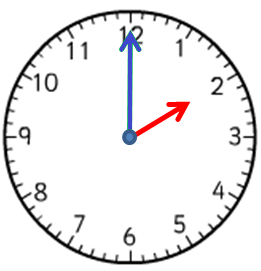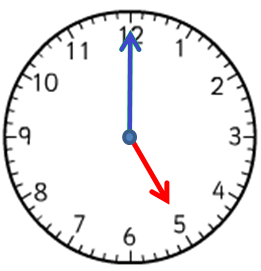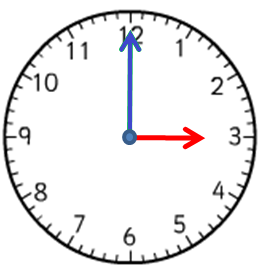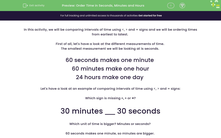In this activity, we will be comparing intervals of time using <, > and = signs and we will be ordering times from earliest to latest.
First of all, let's have a look at the different measurements of time.
The smallest measurement we will be looking at is seconds.
60 seconds makes one minute
60 minutes make one hour
24 hours make one day
Let's have a look at an example of comparing intervals of time using <, > and = signs:
Which sign is missing <, > or =?
30 minutes 30 seconds
Which unit of time is bigger? Minutes or seconds?
60 seconds makes one minute, so minutes are bigger.
30 minutes is bigger than 30 seconds, but which sign do we need to use?
We can think of these signs as a crocodile's open mouth where the hungry beast will eat the biggest number - so it needs to 'eat' 30 minutes.
30 minutes > 30 seconds
This reads that 30 minutes is bigger than 30 seconds - we have chosen the bigger than sign.

Now, let's have a look at an example of ordering times from earliest to latest.
A  B
B  C
C
Let's start by reading the time on each clock:
A: 2 o'clock
B: 5 o'clock
C: 3 o'clock
So the earliest time will be 2 o'clock then 3 o'clock and then 5 o'clock.

Let's have a go at some questions!








